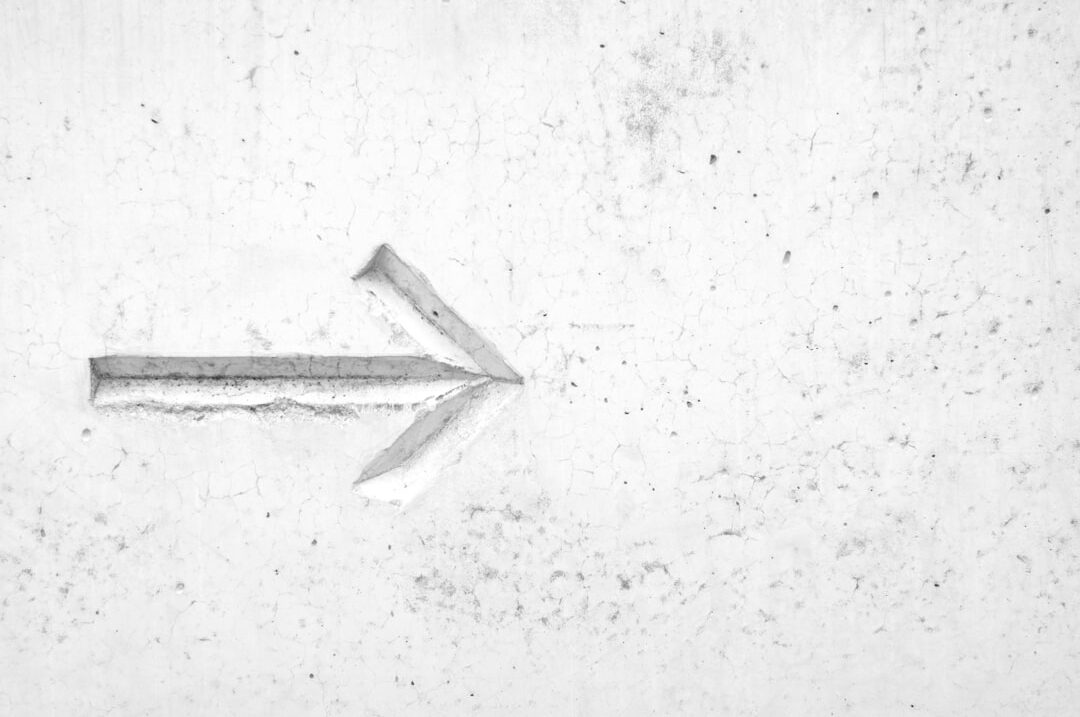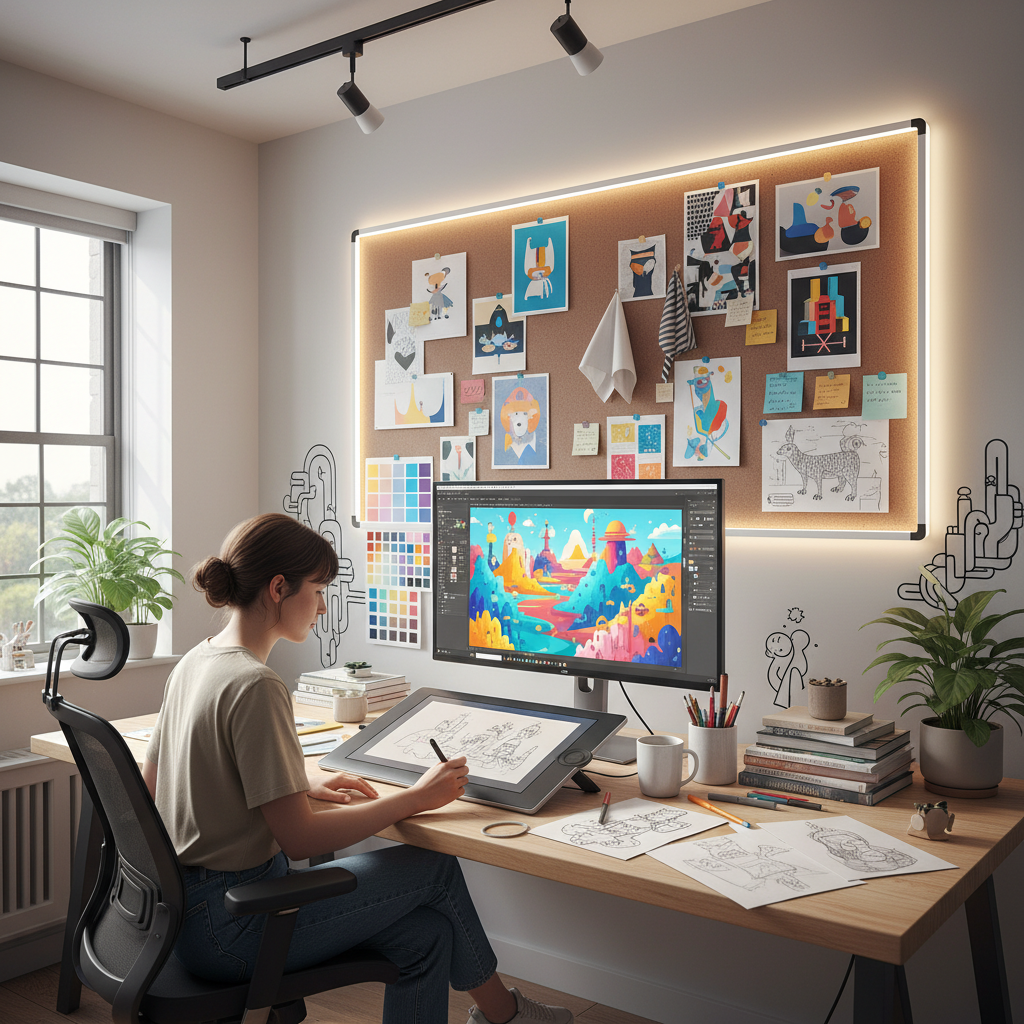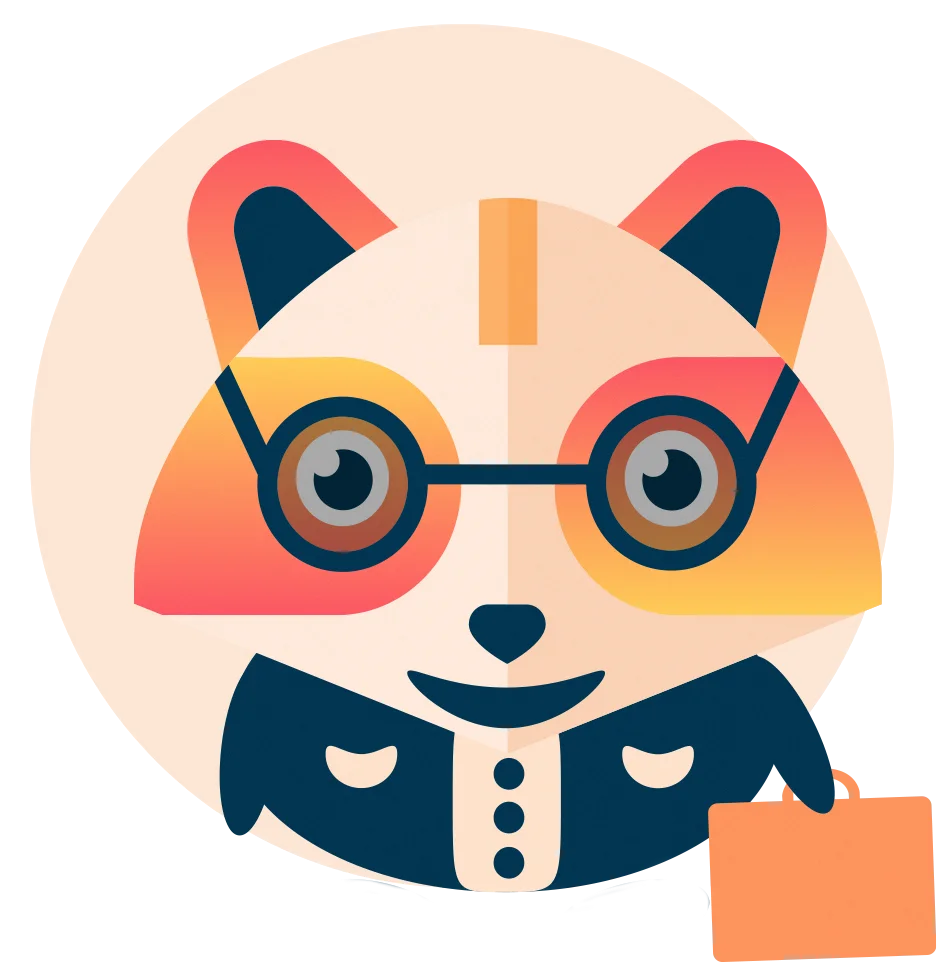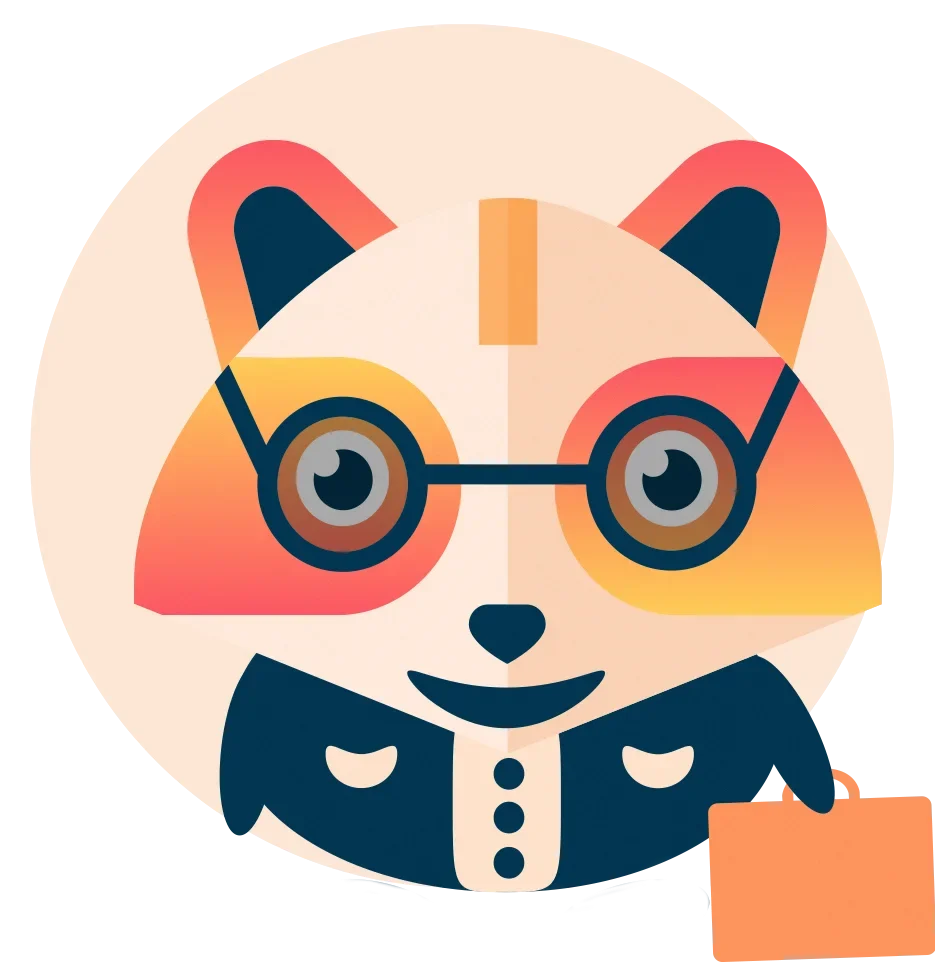Illustrator Interview Questions 2025: Draw Attention to Your Skills & Portfolio


🚀 Ace Your Illustrator Interview with Huru!
Experience unlimited Illustrator interview practice, get instant AI-powered feedback, and build real confidence. Practice for free on Huru.ai →
Setting the Canvas: Why Illustrator Interviews Demand More Than Artistry 🎨
Landing an Illustrator job in 2025 requires more than a stunning portfolio. Today’s creative interviews probe your technical skills, creative process, collaboration style, and ability to adapt to rapidly evolving design tools—especially with the latest AI-powered features in Adobe Illustrator. Employers want problem solvers who can turn visions into brand assets while communicating clearly with teams and clients.
This guide blends top Illustrator interview questions, actionable strategies, and AI-driven practice tips to help you draw attention to your real-world strengths. Let’s turn interview anxiety into creative confidence.

Core Illustrator Interview Questions & What They Reveal 🧐
Expect a blend of behavioral, technical, and scenario-based questions that assess not just tool mastery, but also how you think, adapt, and communicate. Here’s what top hiring managers are asking in 2025:
- Describe your creative process from concept to final piece.
- Which Illustrator tools do you use most, and why?
- How do you manage client feedback or last-minute changes?
- Explain the difference between vector and raster graphics. When would you use each?
- How do you prepare a file for print versus digital use?
- Give an example of a time you solved a challenging design problem with Illustrator.
- Have you used any of the latest AI-powered features in Illustrator?
Pro Tip: Use Huru’s AI interview practice to rehearse these questions and receive instant feedback on your answers—boosting both your technical articulation and communication skills.
💡 Key Takeaway
A successful Illustrator interview is as much about how you describe your process and problem-solving as it is about your technical skillset. Practice clear, confident responses that connect your creative approach to real business outcomes.
Portfolio Power Moves: How to Present Work That Wins Offers
Your portfolio isn’t just a gallery—it’s a storytelling tool. Employers want to see more than finished pieces; they want context, process, and results. Here’s how to ensure your portfolio stands out:
- Show your workflow: Include sketches, wireframes, and alternate drafts alongside final vectors.
- Highlight problem-solving: Describe project challenges and how you addressed them using Illustrator.
- Tailor for the role: Curate work that matches the industry or company style.
- Document new skills: Feature projects using Illustrator’s latest AI features or plugins.
- Share results: Where possible, note metrics—like increased engagement, sales, or client satisfaction.
Practice your portfolio presentation with Huru’s unlimited mock interviews to get comfortable with discussing your design decisions and impact.
💡 Key Takeaway
A compelling portfolio tells the story behind each piece. Practice explaining your creative choices and the results they delivered.
From Pixels to Print: Technical Skills That Make or Break the Interview
While creativity is critical, technical fluency in Illustrator separates the contenders from the crowd. Expect interviewers to dig deep into your understanding of:
- Color modes (RGB vs CMYK) for digital and print outputs
- Vector vs raster graphics fundamentals
- Precision with the Pen and Shape tools 🎯
- Layer organization, grouping, and locking
- Exporting for web, print, and non-standard formats
- Integrating with Photoshop, InDesign, and AI plugins
- Using new AI-powered features (e.g., Generative Recolor, automatic vectorization)
For each skill, prepare a short story: When did you use it, what problem did it solve, and what was the measurable result?
Huru’s instant feedback guides you to more concise, impactful answers the more you practice.
Behavioral & Scenario Questions: Navigating Teamwork and Client Dynamics
Modern design work is rarely solo. Employers evaluate your ability to collaborate, receive feedback, and resolve conflicts. Typical behavioral questions include:
- Tell me about a time you handled conflicting feedback from multiple stakeholders.
- Describe a project where you had to adapt to changing client requirements.
- How do you communicate design choices to non-designers?
- Give an example of a challenging team project. What role did you play?
- Have you ever missed a deadline? How did you handle it?
Practice behavioral answers aloud or use Huru’s mock interview feedback to sharpen your responses and stay poised under pressure.
💡 Key Takeaway
Interviewers want to see more than technical skills—they value communicators, collaborators, and creative problem solvers.
Practice Makes Portfolio-Perfect: AI Interview Tools for Illustrators
The best way to draw attention to your skills is to rehearse until your answers feel second nature. Huru.ai offers illustrators:
- Unlimited mock interviews with industry-specific questions
- Instant, actionable feedback on both content and communication style
- Analytics to track progress and refine weak spots
- Practice presenting your portfolio and handling curveball questions
Ready to transform nerves into confidence? Start free now and put your skills to the test with real-time AI support.
🔗 Related Huru.ai Resources
- Interior Designer Interview Questions Create A Welcoming Interview Space
- Ux Ui Designer Interview Questions Craft User Focused Responses
- Showcasing Your Creative Process Interview Tips With Huru Ai
- Frontend Developer Interview Questions Polish Your Portfolio And Answers
- Creative Interview Questions Shine Bright With Huru Ai
Watch: Complete Guide for Vector Graphics & Design Jobs (YouTube)
Q&A: People Also Ask About Illustrator Interviews
- What skills should I highlight in an Illustrator interview?
Showcase your expertise with Illustrator tools, your creative thinking process, adaptability, and ability to communicate design decisions effectively. - How do I prepare for a portfolio review?
Rehearse stories behind your designs, highlight the impact of your work, and be ready to walk through your creative workflow. - What are the most common technical Illustrator interview questions?
Expect questions about vector vs raster, exporting for different media, using advanced tools like the Pen tool, and troubleshooting output issues. - How can I practice for an Illustrator interview?
Use platforms like Huru.ai for unlimited mock interviews, instant AI feedback, and analytics to sharpen both technical and communication skills. - Do I need to know about Adobe Illustrator’s AI-powered tools?
Yes! Familiarity with the latest features and demonstrating their use in your workflow shows you’re up-to-date and adaptable.
About the Author
Elias Oconnor is a content writer at Huru.ai, specializing in creative career topics and technology-driven job search strategies. With a passion for helping designers and creatives succeed, Elias distills complex hiring trends into actionable, empowering advice for job seekers at all levels.


 Jul 17,2024
Jul 17,2024  By Elias Oconnor
By Elias Oconnor